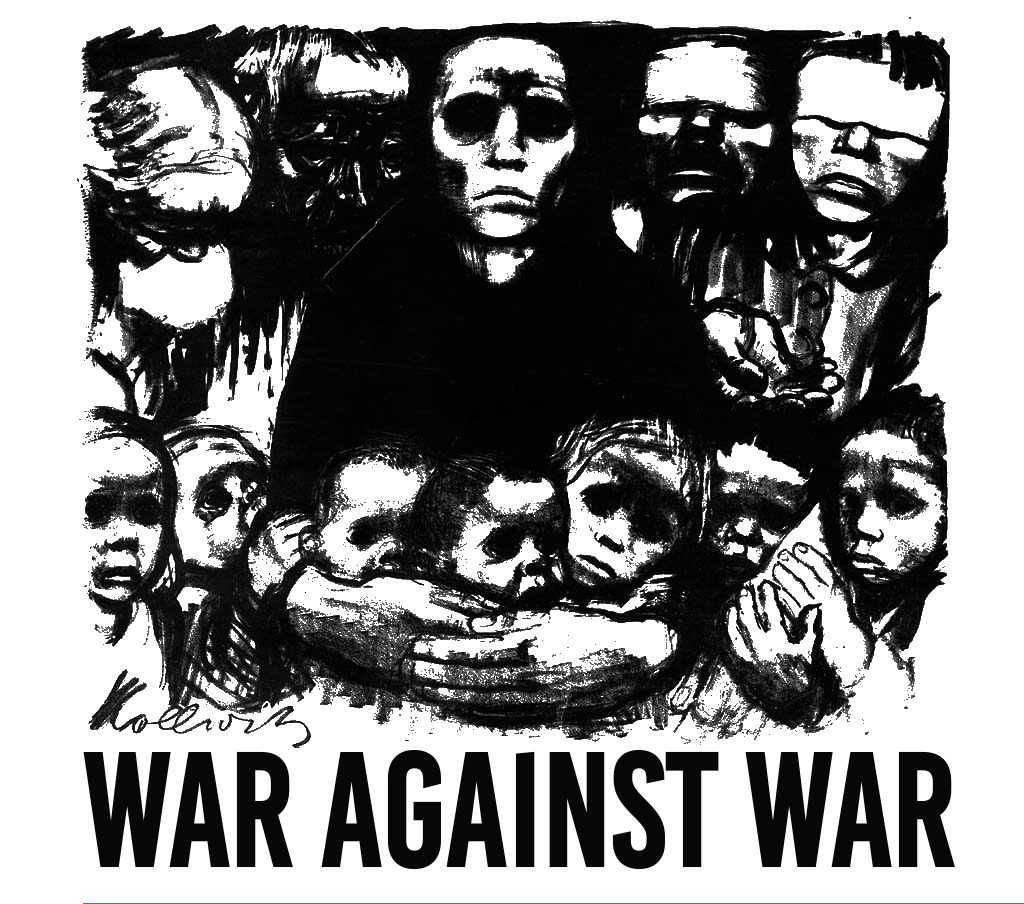Terrorist organizations are often described as brands. However, the most important visual representations of these brands – terrorist groups’ logos – have remained unexplored. In this article, we demonstrate that logos are signalling devices that provide vital cues on the propensity to use violence. To this end, we code and analyse 562 terrorist logos (2000–16). After providing a descriptive overview of the main colours and symbols used by terrorist groups worldwide, we rely on a zero-inflated negative binomial model to analyse the relationship between these organizations’ visual choices and their deadly activities. Our results show that the presence of violent, religious, and extremist symbols in terrorist organizations’ logos, as well as the use of black as the main colour, correlates with more frequent and deadlier attacks. These findings have important policy implications, demonstrating that logos serve as behavioural cues predicting the threat posed by terrorist groups not less effectively than their ideology. By highlighting the importance of visual artifacts like logos and their amenability to quantitative research, our article also provides a novel methodological contribution to international relations, helping bridge the gap between explanatory and critical security studies.
This was originally published on SAGE Publications Ltd: Journal of Peace Research: Table of Contents.
